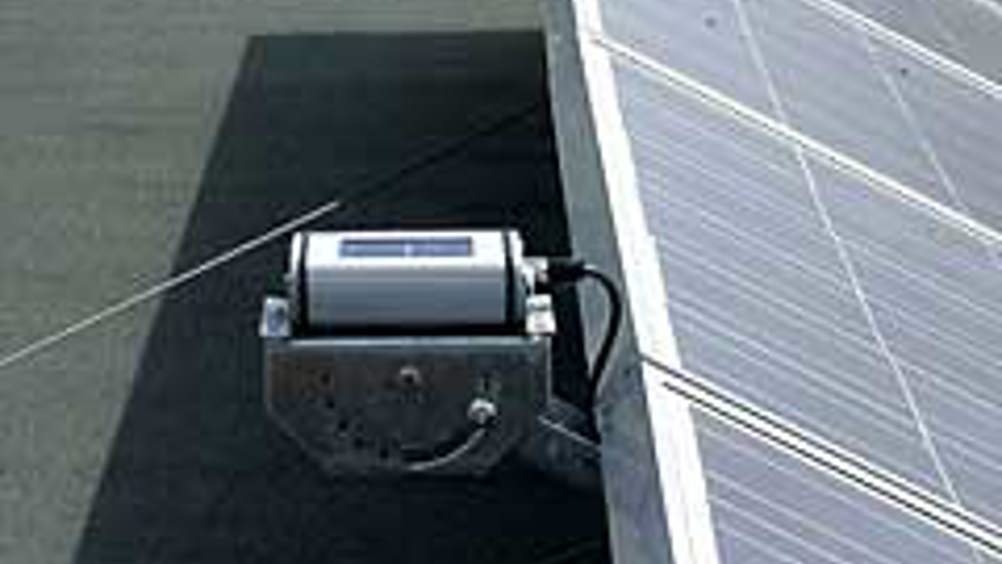Flyby system spots power plant sites
A new system from Flyby uses weather satellite data from Europe’s Meteosat to help companies determine the best sites for new photovoltaic power plants, as well as how much electricity they will produce yearly.

A new system from an Italian company called Flyby uses weather satellite data from Europe’s Meteosat to help companies determine the best sites for new photovoltaic power plants, as well as how much electricity they will produce yearly.
The company also uses the Meteosat data to monitor if the solar cells on existing solar power plants are working efficiently by comparing the actual production of electricity to what might be expected from the amount of sunlight falling on them.
To do so, the system takes data from the satellites and measurements from a ground sensor. Any difference provides an indication that the solar cells are not working optimally and the system immediately sends an alarm. Technicians can then be called in to remedy possible faults.
The satellite solar irradiation data come from two Meteosat second-generation satellites - Meteosat-8 and Meteosat-9 - which were jointly developed by the European Space Agency and Eumetsat, the European Organisation for the Exploitation of Meteorological Satellites.
Register now to continue reading
Thanks for visiting The Engineer. You’ve now reached your monthly limit of news stories. Register for free to unlock unlimited access to all of our news coverage, as well as premium content including opinion, in-depth features and special reports.
Benefits of registering
-
In-depth insights and coverage of key emerging trends
-
Unrestricted access to special reports throughout the year
-
Daily technology news delivered straight to your inbox










Water Sector Talent Exodus Could Cripple The Sector
Maybe if things are essential for the running of a country and we want to pay a fair price we should be running these utilities on a not for profit...